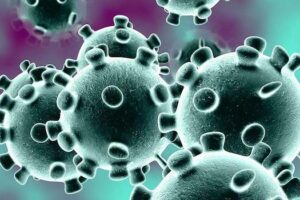The importance of iodine 24h urine analysis thus goes very much further than just for people who are suspected of iodine deficiency because of thyroid problems.
This test measures the capacity utilization of the iodine binding capacity of the body. We set this at 100% and the occupation must be at least 90%, before you can speak of an optimal situation. Anything below 90% is too low.
However, there are some key points to consider when using this test. Items that are easily misunderstood.
To begin with, we have to deal with excessive exposure to the other halogens (Iodine is a halogen), such as the Bromine, Chlorine and Fluorine compounds, in our environment. The chemical affinity of these elements is so great that the body easily retains these toxic halogens at places where iodine is supposed to be present. Therefore, the capacity utilization rate measured, is never the actual value of the iodine depot. Part of that occupation namely is being composed of said toxic halogens. How much this is, is difficult te measure. A good indicator is included in the test because we determine Bromine concentration in the same analysis.
There are two particular points in the interpretation of this test.
The assumption that the iodine binding capacity even at “full strength” is not true for everyone. An unknown group of people who just by a variety of circumstances have reduced binding capacity. In those cases, 100% not 100% but perhaps only 60%. A score of 80% means than in fact 80% of 60% of which is 48%.
Another concern is that the occupation of toxic halogens may be so large that the actual iodine depot is very much lower.
Both situations or a combination thereof may result in a decrease of Iodine levels in a retest after 3 months use of high doses of iodine (more about that in the next newsletter). For example, the value in the first test of 80% then decreases in a retest to a score of 60%. In retrospect, we can conclude that in the 1st test a so-called “false positive” results were shown.
Therefore it is always important to do a second test after a couple of months. This also illustrates that drawing conclusions from the first test alone, can be wrong. If there is evidence of an Iodine deficiency, we always advice to start using Iodine, even when the test results shows a reasonable or good depot. The outcome of the first test than is the ‘0’ measurement we need in order to map the Iodine dynamics by performing a 2nd and 3rd test in the long term.
More about the potential of Iodine as an anti-cancer mineral and the Iodine protocol in an upcoming newsletter. Because, and that comment is superfluous, the supplementation of Iodine in a truly effective manner, requires good knowledge and that goes much further than just some extra Iodine by giving, as example, kelp preparations.




